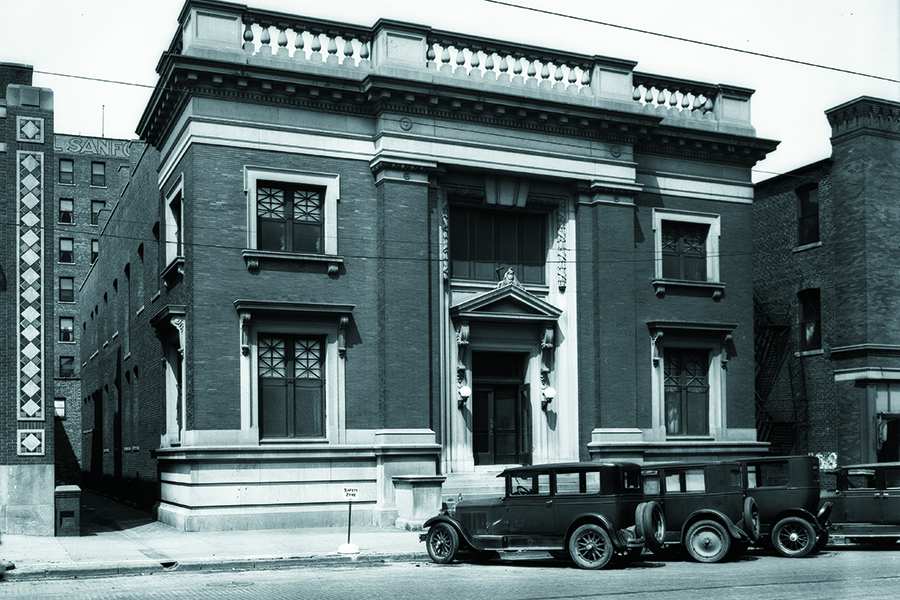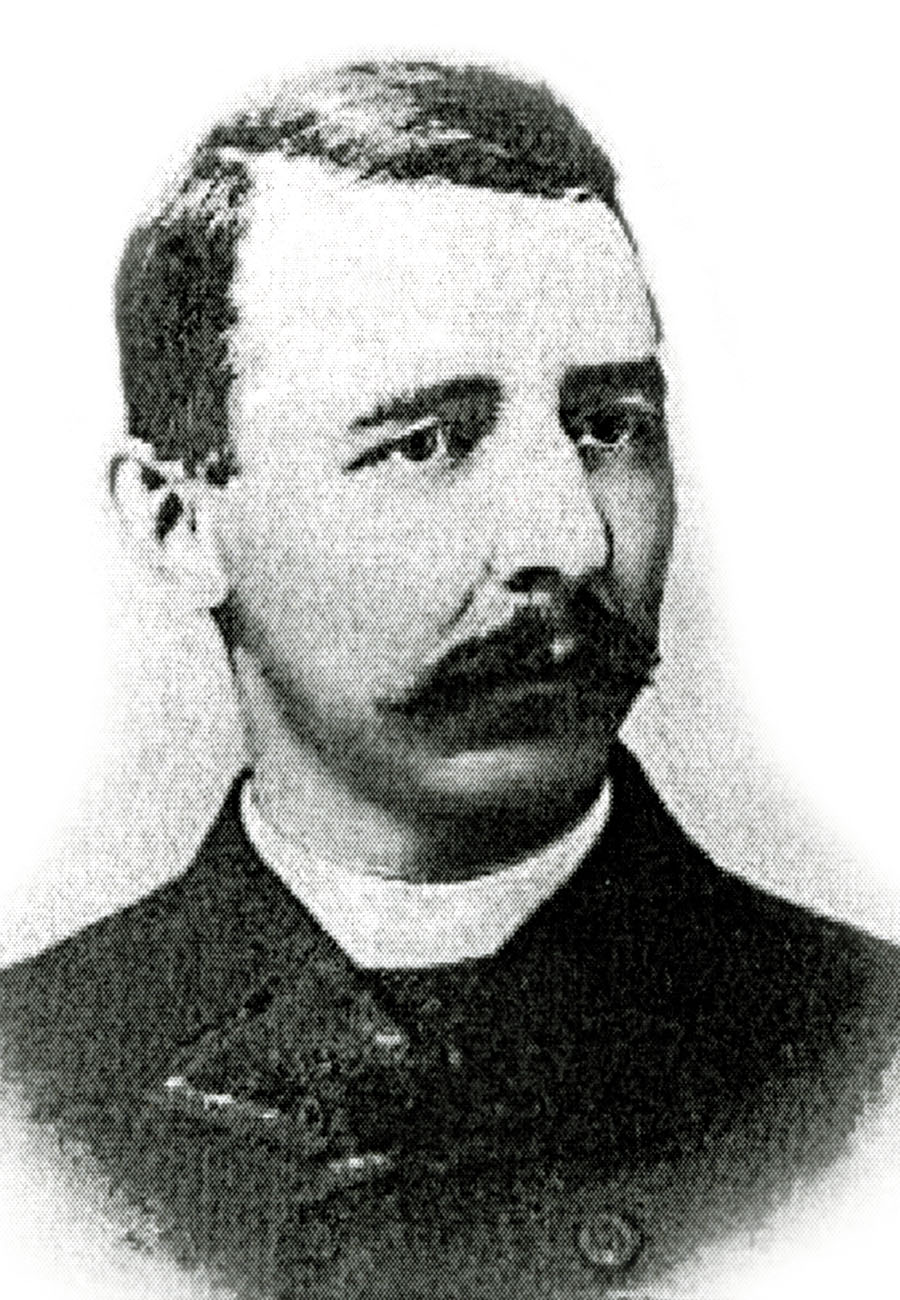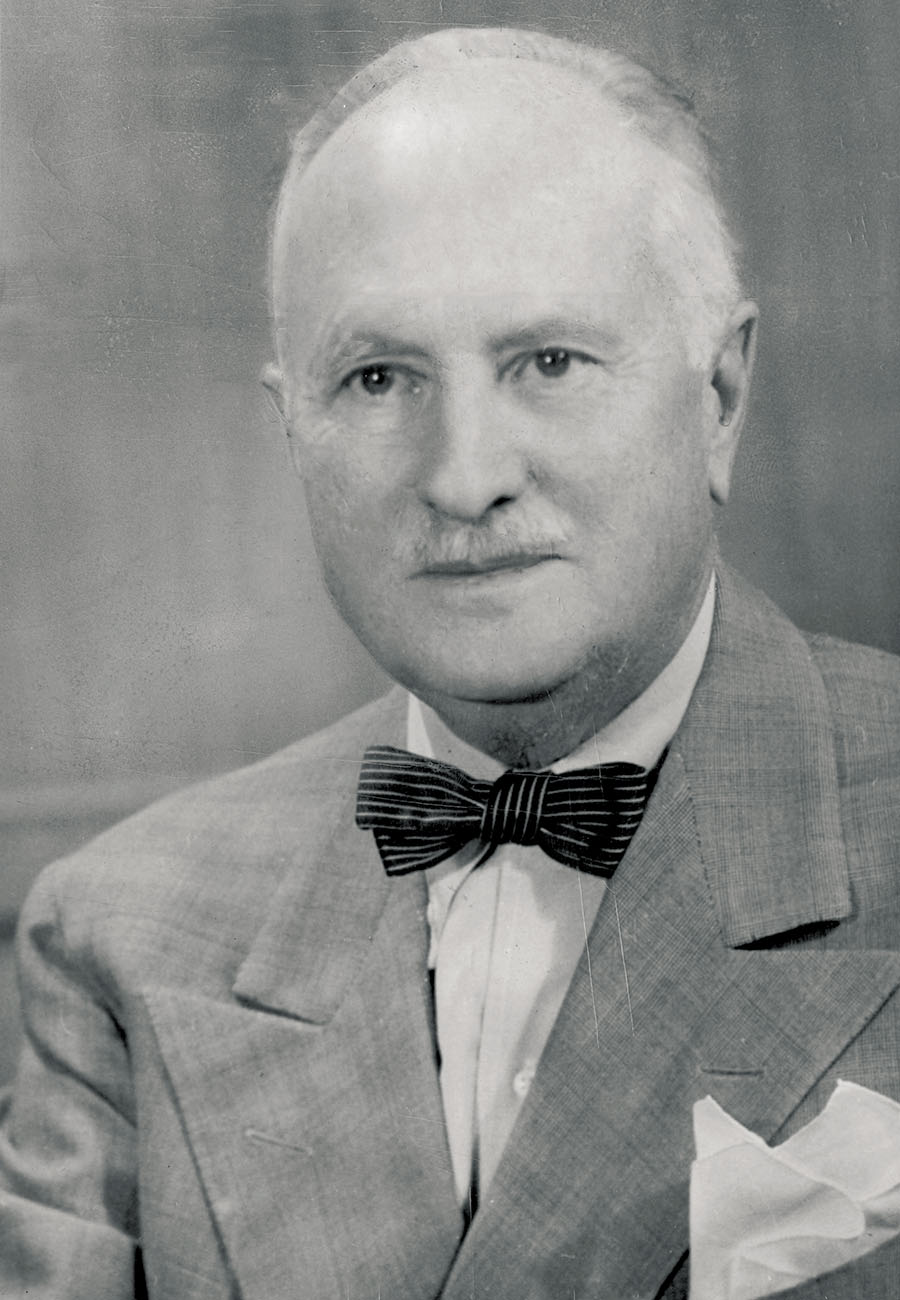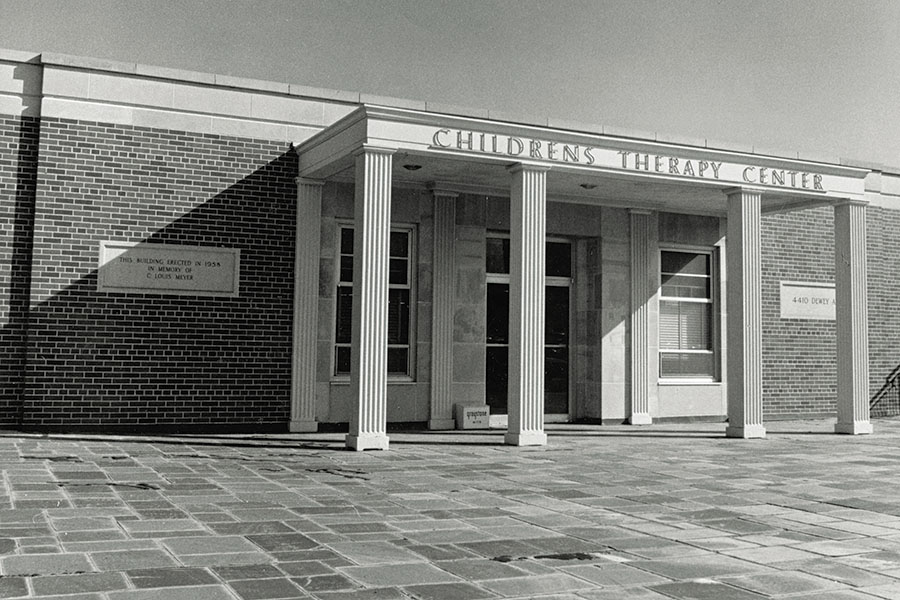Timeline

University Club Building at 19th and Harney Streets, Omaha, Nebraska, 1928.
The Munroe-Meyer Institute traces its roots to 1919. But more than one organization played a major role in making the institute what it is today.
Our Roots
The Society for the Relief of the Disabled formed a new charity dedicated to providing therapy and braces to children impacted by the polio epidemic.
Founded as the Hattie Baker Munroe Home for Convalescing Crippled Children.
The Meyer Rehabilitation Institute and the Hattie B. Munroe Pavilion become the Munroe-Meyer Institute for Genetics & Rehabilitation.
MMI becomes an academic unit of the University of Nebraska Medical Center.
1919, Sept. 16: The Society for the Relief of the Disabled meets for the first time. According to the minutes, the society organized to make it possible for all disabled people in Omaha and the surrounding vicinity to receive the benefit of orthopedic treatments. This original Society for the Relief of the Disabled board exists today as the Munroe-Meyer Institute Board of Directors.
1922, summer: The Society for the Relief of the Disabled holds its first summer camp for 24 children. There still is no official residence for the board. The first camp is held at a private residence near 66th and Maple Streets.
1922, Sept. 1: The Hattie B. Munroe Home for Convalescing Crippled Children opens, with 12 children as residents, at 2842 N. 66th Ave. in Omaha’s Benson neighborhood. The home is donated by John Munroe, vice president of the Union Pacific Railroad, in honor of his wife, Hattie, who died in 1921. The Society for the Relief of the Disabled staffs the home and becomes its “operating board.” This building is the first physical “home” of what will become the Munroe-Meyer Institute.
1924: John Munroe incorporates the Hattie B. Munroe Home for Convalescing Crippled Children as a non-profit foundation.
1927: The Society for the Relief of the Disabled changes its name to the Orthopedic Association of Omaha, continuing to serve as the operating board of the Hattie B. Munroe Home for Convalescing Crippled Children.
1922-1958: The Hattie B. Munroe Home for Convalescing Crippled Children remains in Benson. It is funded by the foundation set up by John Munroe and Clara Elder. In addition, Community Chest, United Community Service and other private donations help fund the home.
1956: The impact of the polio epidemic of the 1950s overwhelms the space at the Hattie B. Munroe Home in Benson, which has an approximate capacity of 40 children. The home enters into a lease with the University of Nebraska Medical Center to build a new residential center for children with disabilities on campus to accommodate the need to serve more children.
1958-1959: Two buildings are constructed on the UNMC campus in the area of 44th Street and Dewey Avenue. The Hattie B. Munroe Home for Convalescing Crippled Children builds a residential home called the Hattie B. Munroe Home, which is licensed for 56 beds. The Meyer Therapy Center is built in memory of C. Louis Meyer with funding by his family, friends and colleagues.
1959: A quartet of services is provided on the UNMC campus for children with disabilities. A new, modern facility is completed, designed so children can go to school at the J.P. Lord School, receive therapy at the Meyer Therapy Center, be hospitalized if necessary at Children’s Hospital (on the site of the current Fred & Pamela Buffet Cancer Center) and live at the Hattie B. Munroe Home.
1960: The Orthopedic Association of Omaha changes its name to The Directors of the Hattie B. Munroe Home.
1966: The Hattie B. Munroe Home for Convalescing Crippled Children Foundation is renamed the Hattie B. Munroe Foundation. The foundation works with the board of directors of the home to support services and programs, and it continues to actively provide support today.
1968: Dr. Paul Pearson becomes the director of the C. Louis Meyer Children Rehabilitation Institute.
1968, May: The Meyer Therapy Center is deeded to the University of Nebraska. The name is changed to the C. Louis Meyer Children Rehabilitation Institute.
1968, December: The directors of the Hattie B. Munroe Home and the University of Nebraska Board of Regents sign an affiliation agreement. The university will operate the facilities under the name the Hattie B. Munroe Pavilion.
1973: An addition is made to the Meyer Children Rehabilitation Institute and is funded by the Meyer family in memory of Mary Luman Meyer.
1974: The Human Genetics Laboratory is established doing conventional cytogenetics, and medical genetic evaluations are provided by PhD-level geneticists, including Dr. Warren Sanger.
1978, July 21: The last residents of the Hattie B. Munroe Pavilion move out. Only outpatient services are provided.
1982: Camp Munroe begins with funding from the Hattie B. Munroe Foundation.
1983: Dr. Bruce Buehler becomes the director of the Meyer Children Rehabilitation Institute.
1985: UNMC and the Hattie B. Munroe Foundation announce the creation of a Human Genetics Center, including diagnostic laboratories, research laboratories and clinical service areas.
1987: An orthotic and prosthetic facility is established.
1990: The name of the Meyer Children Rehabilitation Institute is changed to Meyer Rehabilitation Institute to reflect care across the lifespan.
1992: The Hattie B. Munroe Foundation completes a $2 million addition that physically connects the Hattie B. Munroe Pavilion and Meyer Rehabilitation Institute buildings.
1997: Hattie B. Munroe Foundation completes a $7 million addition on the north side of the merged building.
1997: The Meyer Rehabilitation Institute and the Hattie B. Munroe Pavilion became the Munroe-Meyer Institute for Genetics & Rehabilitation.
2001: Hattie B. Munroe Foundation establishes an endowed professorship for the director of MMI.
2005: Hattie B. Munroe Foundation establishes an endowed professorship for the recruitment and retention of a faculty member critical to the mission of the institute.
2005: The pediatric feeding program is established.
2006: The Center for Autism Spectrum Disorders starts seeing patients in January. A specialized treatment facility is opened in November.
2007: Dr. Michael Leibowitz is named the third director of MMI.
2009: MMI became an academic unit of UNMC.
2010: The MMI Department of Developmental Neuroscience is started with four faculty members.
2016: Dr. Károly Mirnics becomes the fourth director of MMI.
2019, August: A ceremonial groundbreaking is celebrated for MMI's new home, a state-of-the-art facility at 6902 Pine Street near the University of Nebraska at Omaha Scott Campus.
2019, Sept. 16: MMI celebrates a Century of Caring.
2021, March-April: Clinical services transition to MMI's new state-of-the-art facility.
2021, June 8: MMI celebrates the grand opening of its new home.

Above: John A. Munroe, circa 1880s. Munroe was one of the Midwest's most prominent and respected railroad men.

Above: Hattie Baker Home for Convalescing Crippled Children, located at 2824 N. 28th Ave.

Above: In 1926, John A. Munroe and Clara E. Elder, co-founders of the Hattie Baker Home for Convalescing Crippled Children, placed this plaque in memory of Hattie Francis Baker Munroe.

Above: Founder of an Omaha-based steel products company, C. Louis Meyer served as a founding trustee of the University of Nebraska Medical Center’s new Children’s Memorial Hospital (1948) and headed the committee that oversaw its construction.
Three years after his death in 1956, Mary Luman Meyer announced a $380,000 donation that would provide most of the funding for construction of the rehabilitation center – which in many ways would become the heart of the newly established Children's Therapy Center for the diagnosis, therapy and rehabilitation of children with disabilities.
Because of his family’s gift, the new center would be named the C. Louis Meyer Memorial Therapy Center for Children.

Above: Children’s Therapy Center at 4400 Dewey Ave., in memory of C. Louis Meyer, 1958.